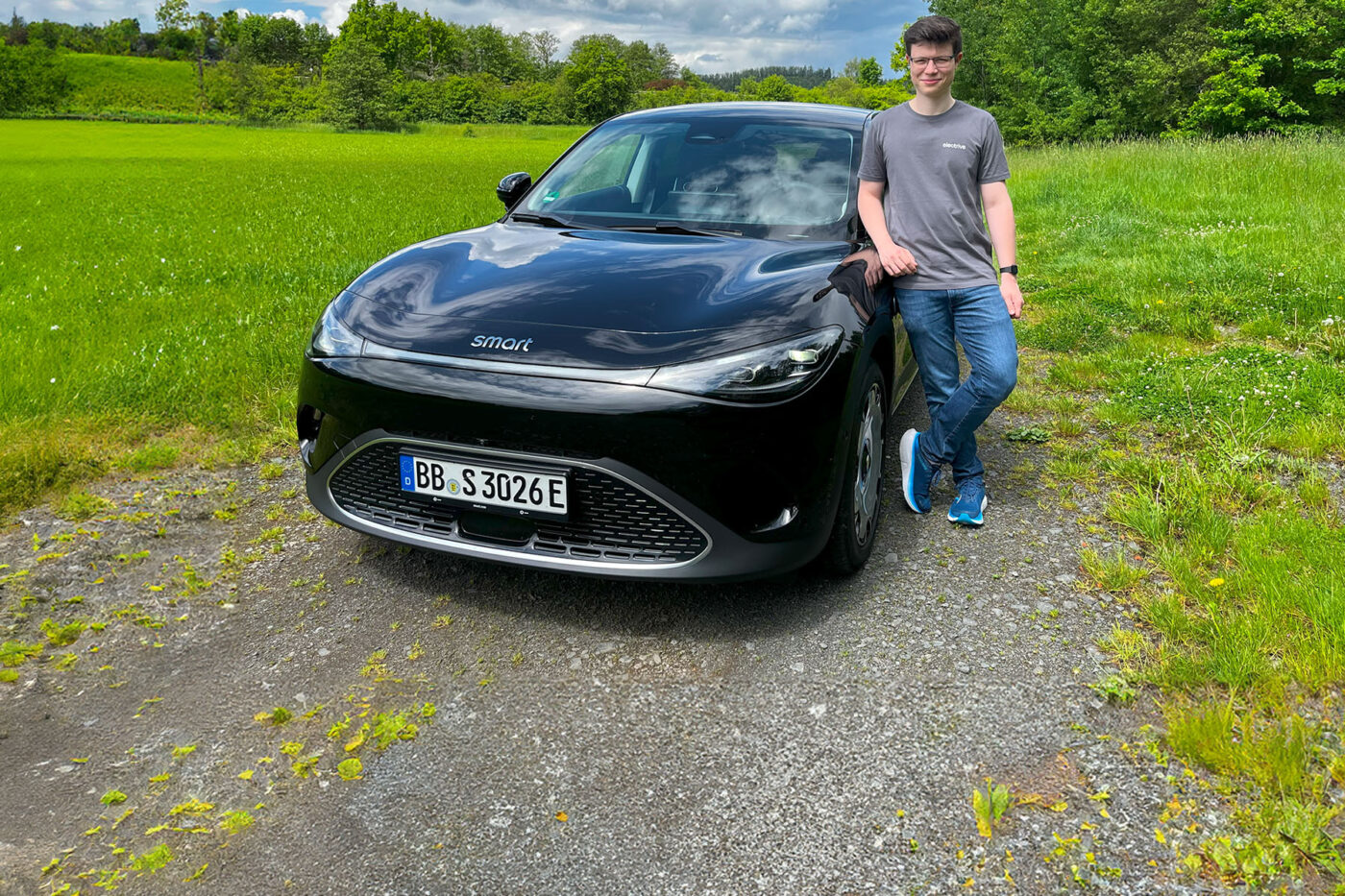
Smart #3 Premium: A Mercedes without a star
Hardly any other brand is as closely associated with a single model as Smart. ‘Smart’ and the compact ‘Fortwo’ model are synonymous for many people. A very small city runabout that can find a parking space anywhere (sometimes perpendicular to the direction of travel) and slips through every gap in city traffic. A perfect second car that never wanted to be a “real” car due to a lack of space and performance. What’s more, parent company Mercedes-Benz never really made any money with Smart.
The Chinese Geely Group wants to change both of these aspects. Since it invested in Mercedes and Smart, the model range has been turned inside out. The ‘Fortwo’ and ‘Forfour’ are no longer available and have been replaced by SUVs. Ironically, the second Smart SUV is called #3, which we tested for a fortnight.
A Mercedes without a star
Without the brand logos, you could think you were looking at a normal Mercedes SUV. The curved lines, continuous light strips and narrow headlights at the front and rear also characterise the design language of the current Mercedes model range. No wonder that the car has been co-branded by Mercedes-Benz in China. This impression continues in a similar way inside, with the seats, steering wheel (including steering column lever), ambient lighting and centre console looking as if they have been taken off the shelf from Mercedes.
Nevertheless, the #3 is not a re-labelled Mercedes, it is a completely independent model that looks a bit like a Mercedes, but is technically based on Geely’s SEA platform.
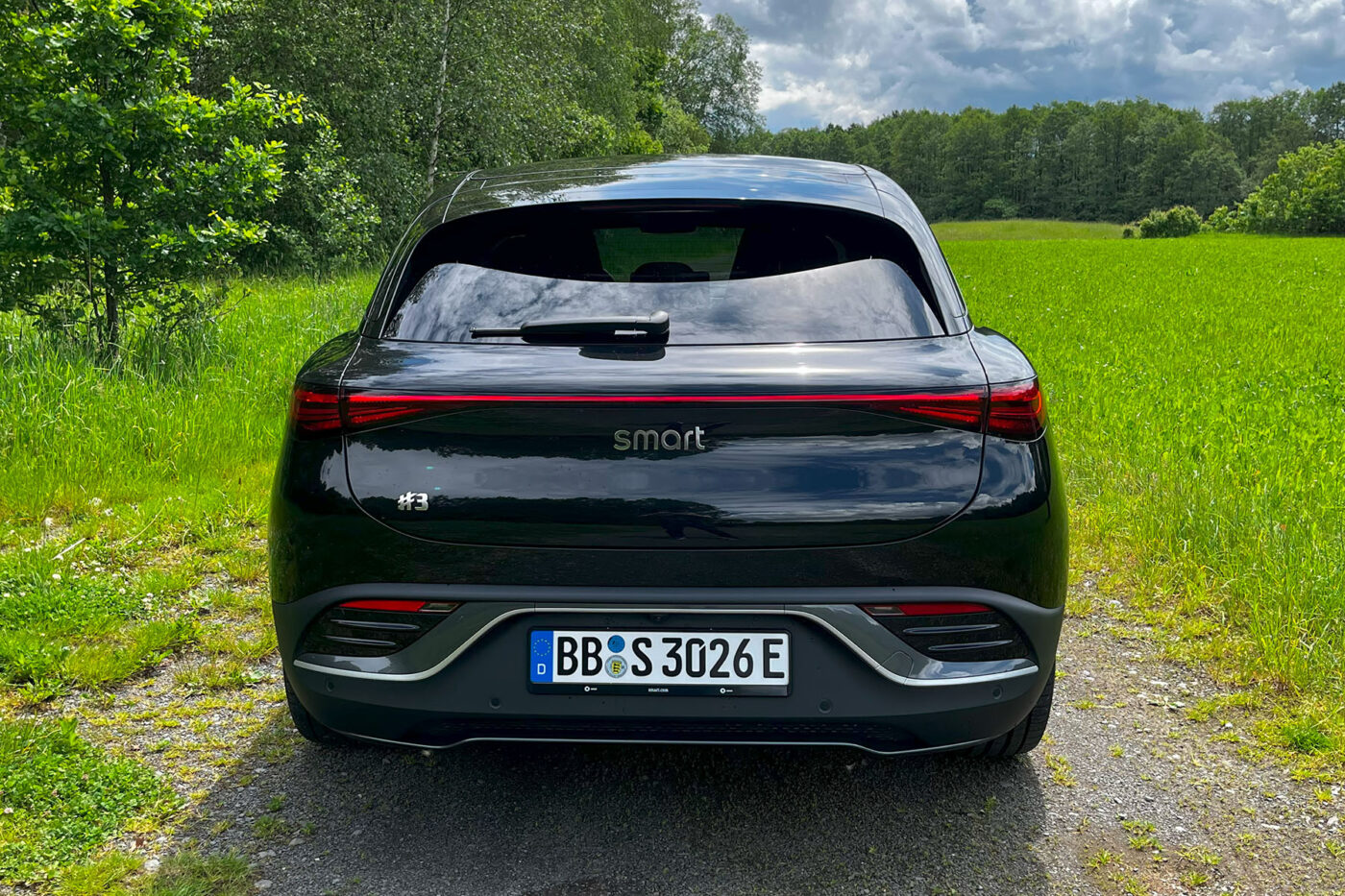
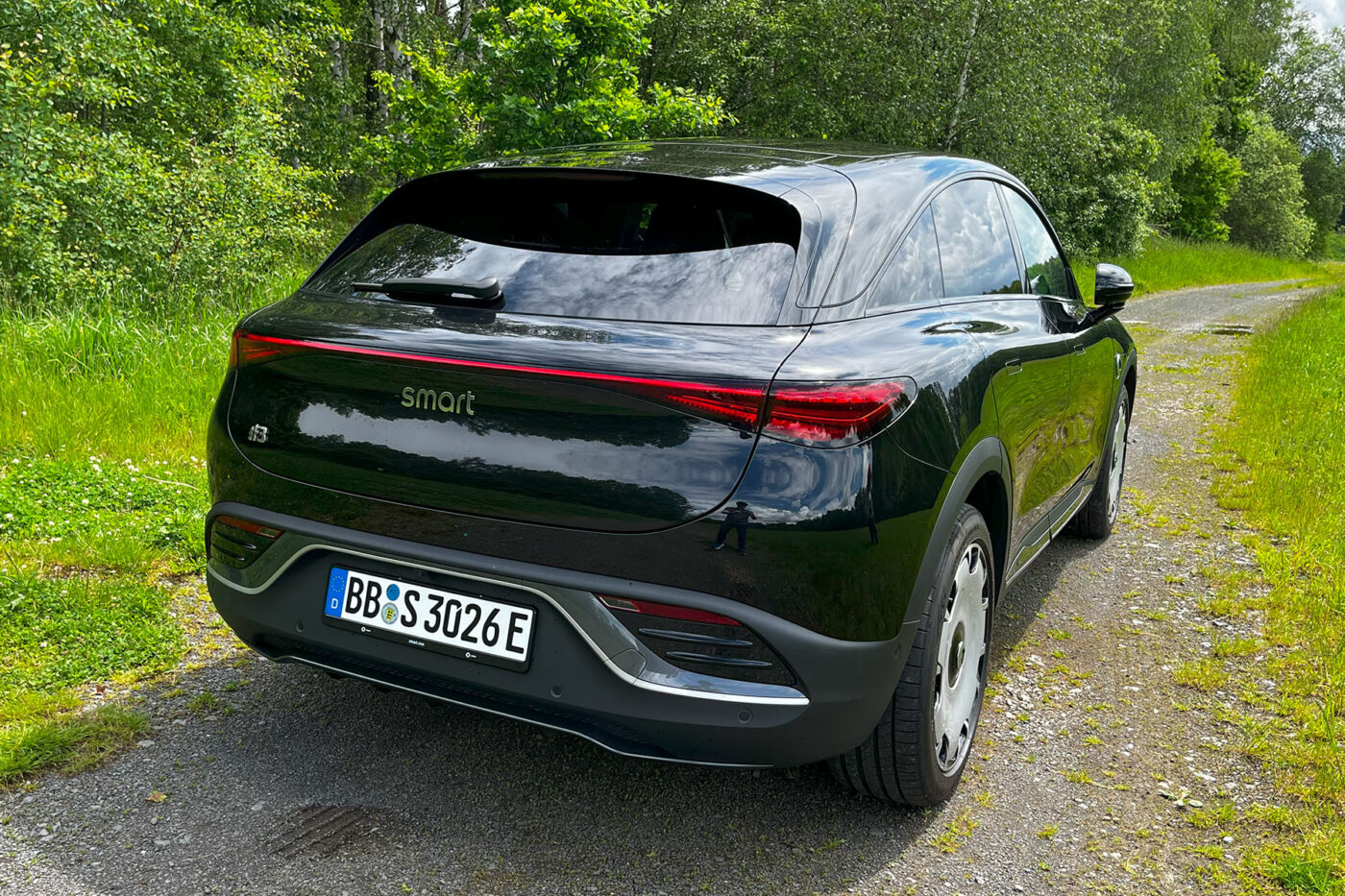
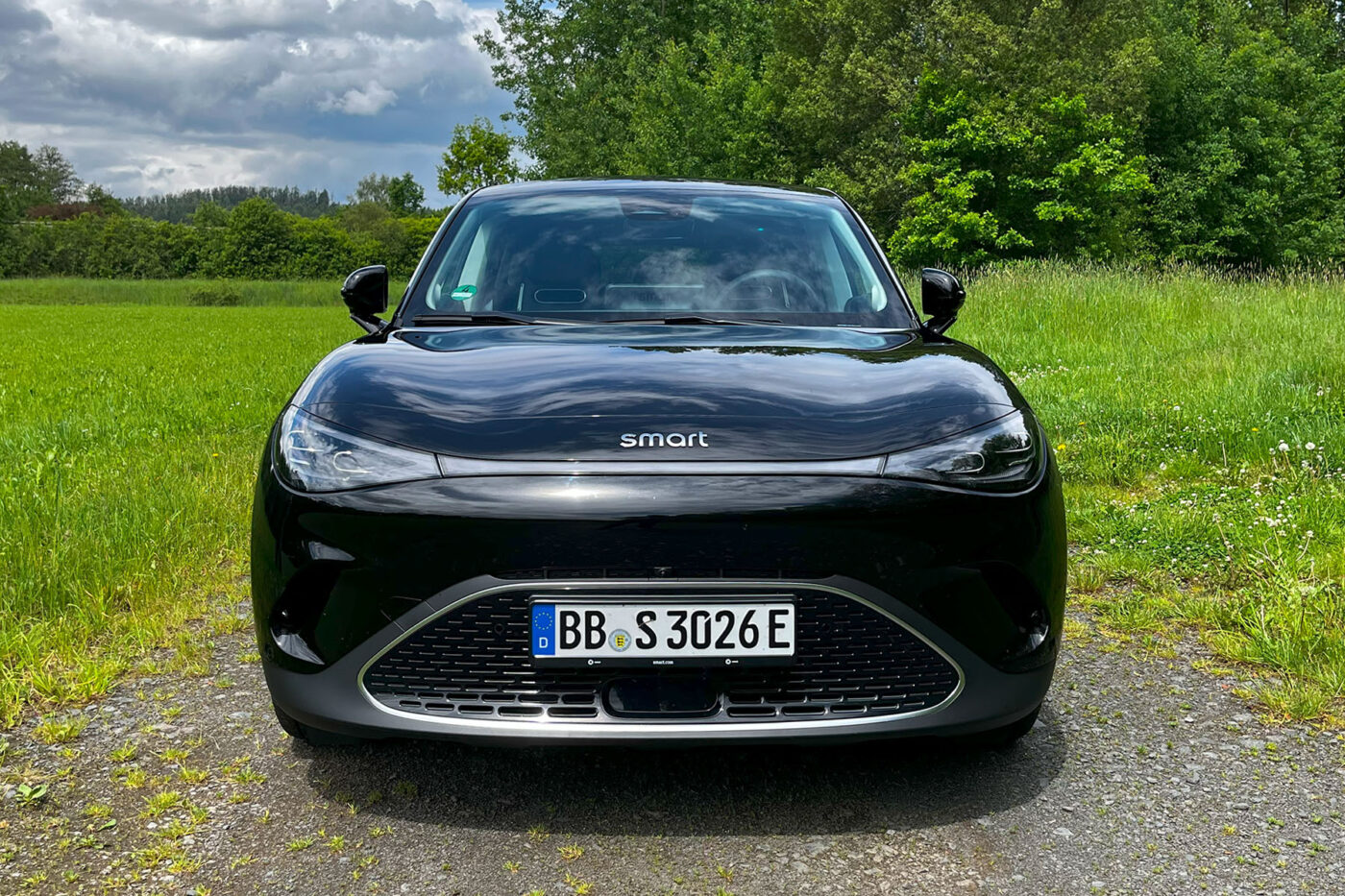
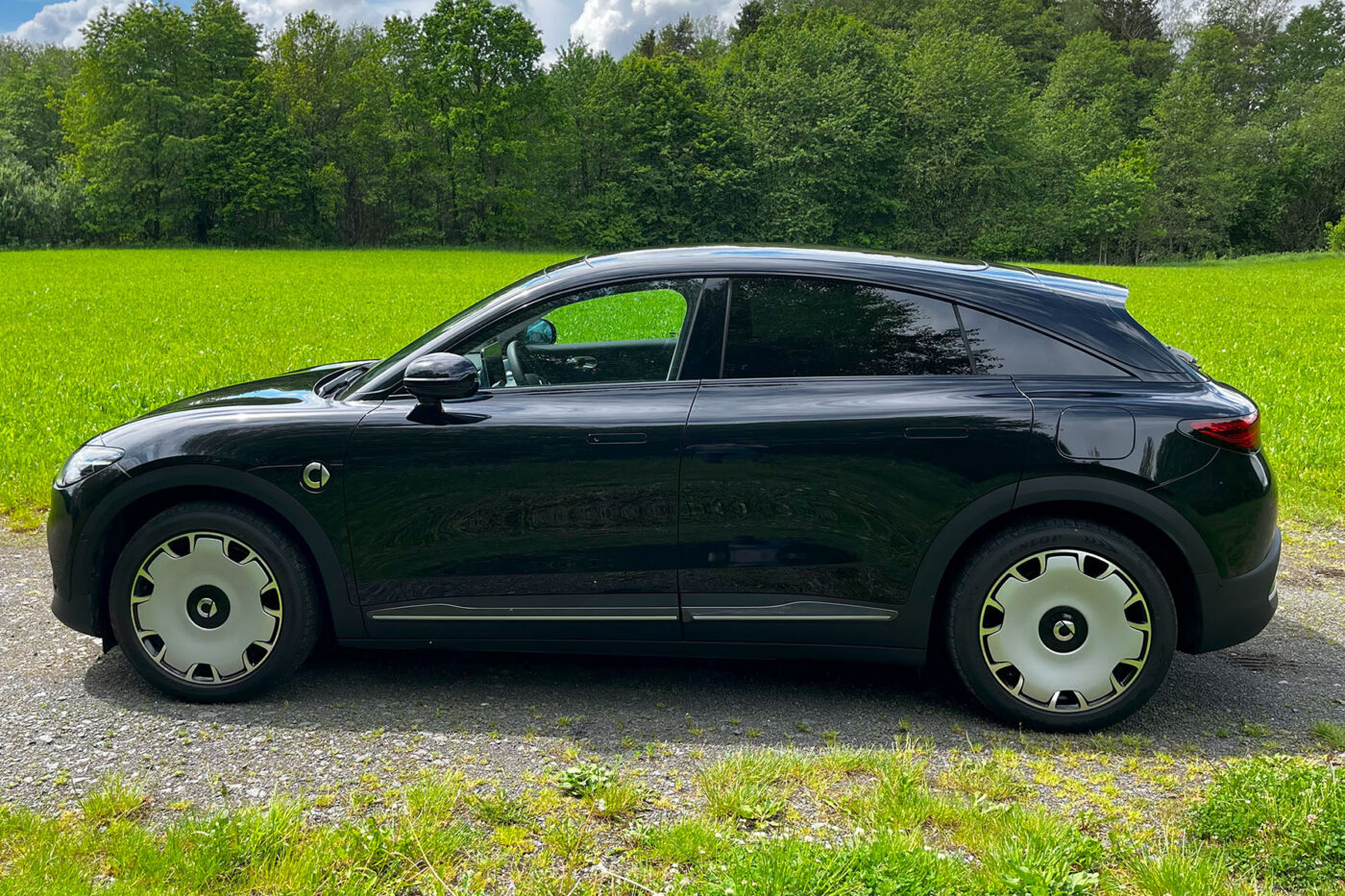
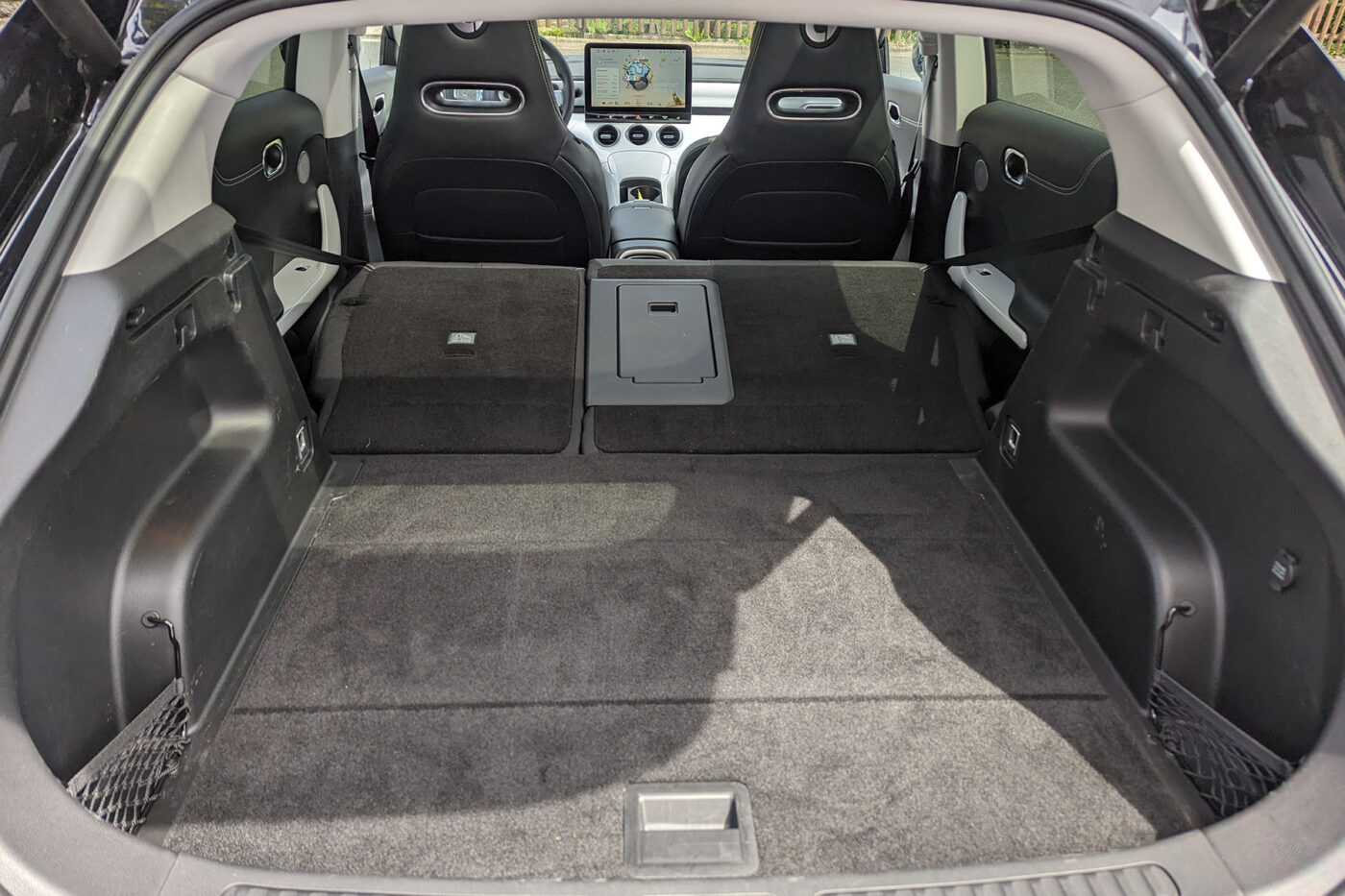
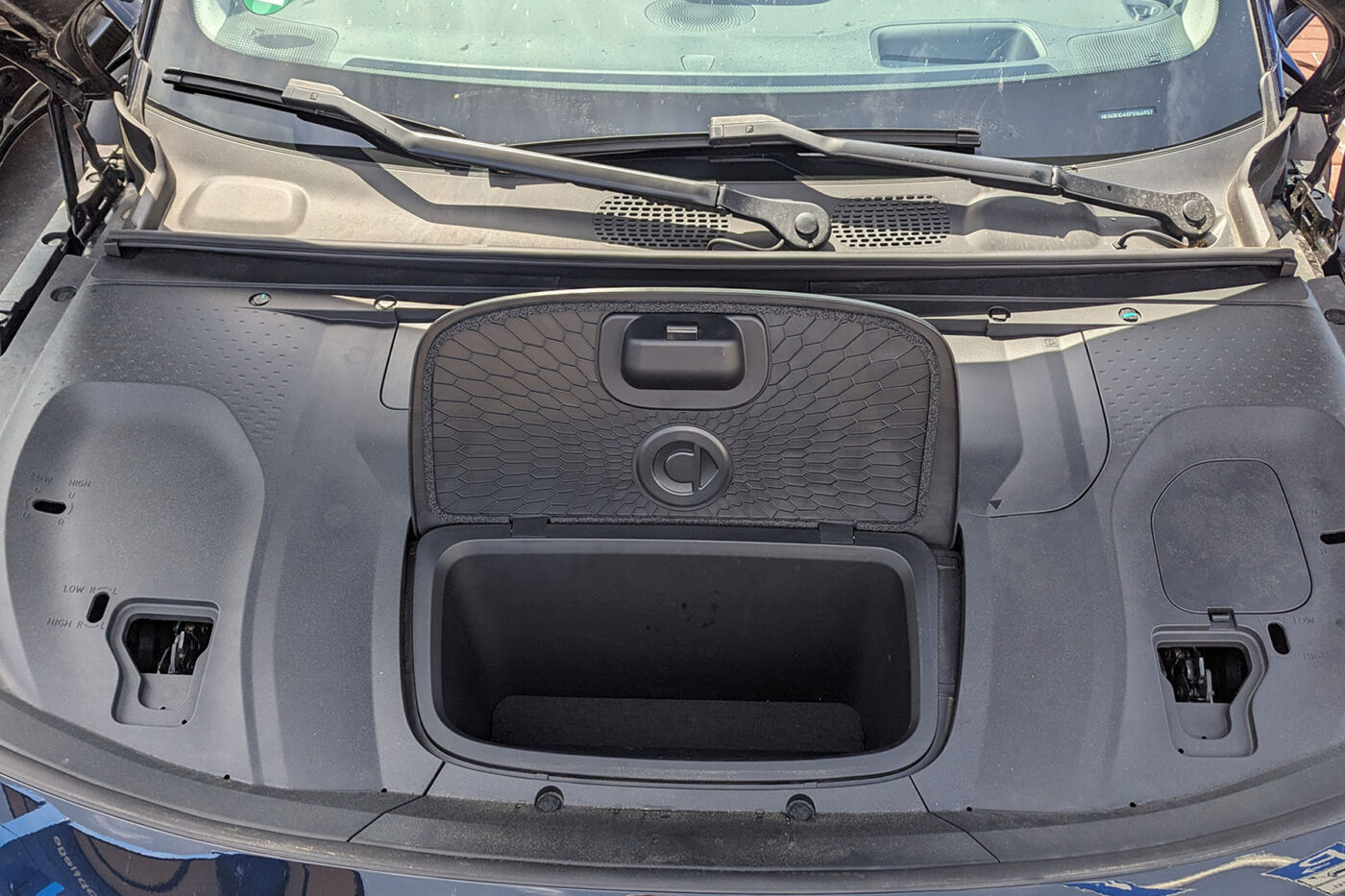
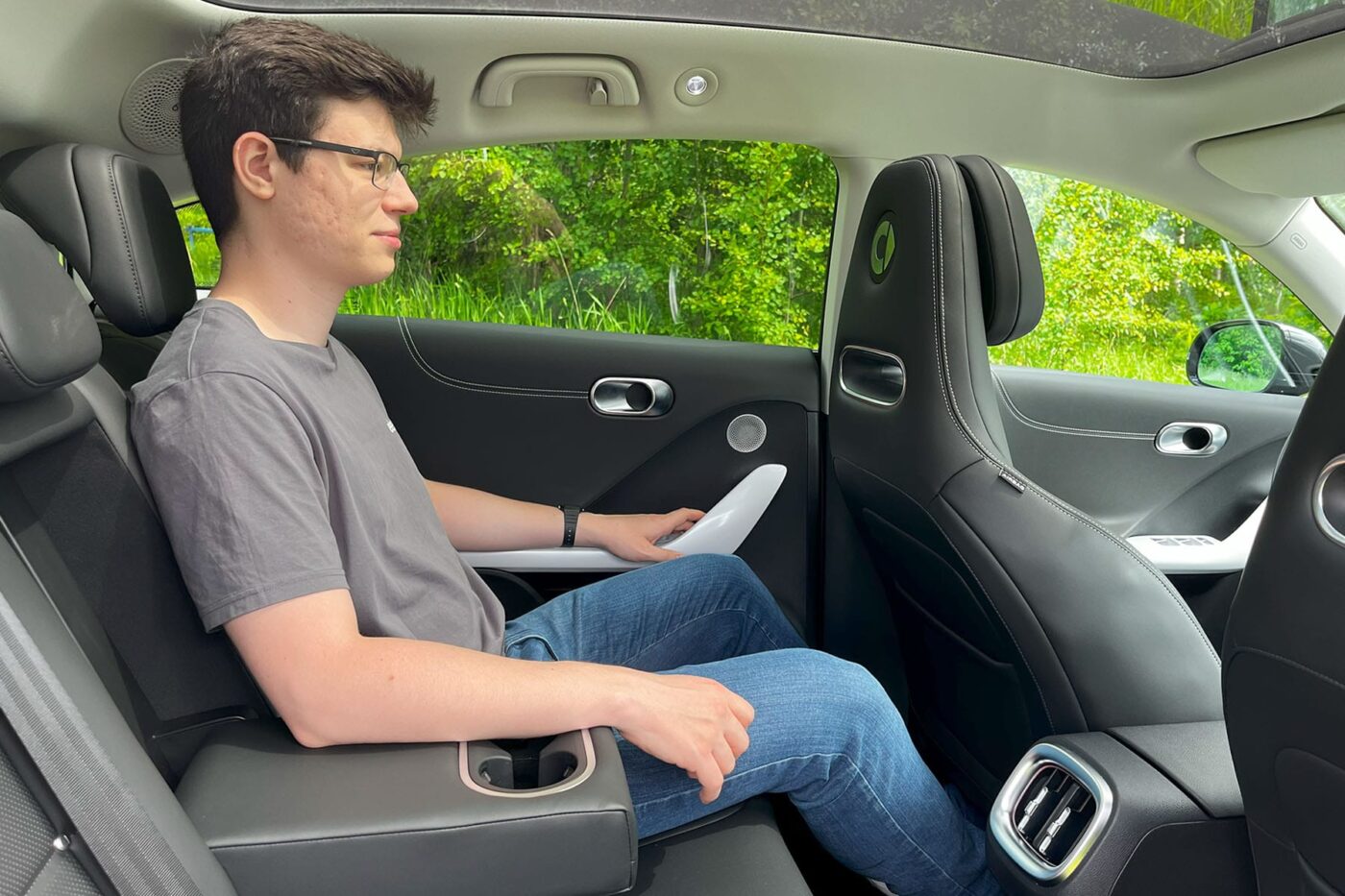
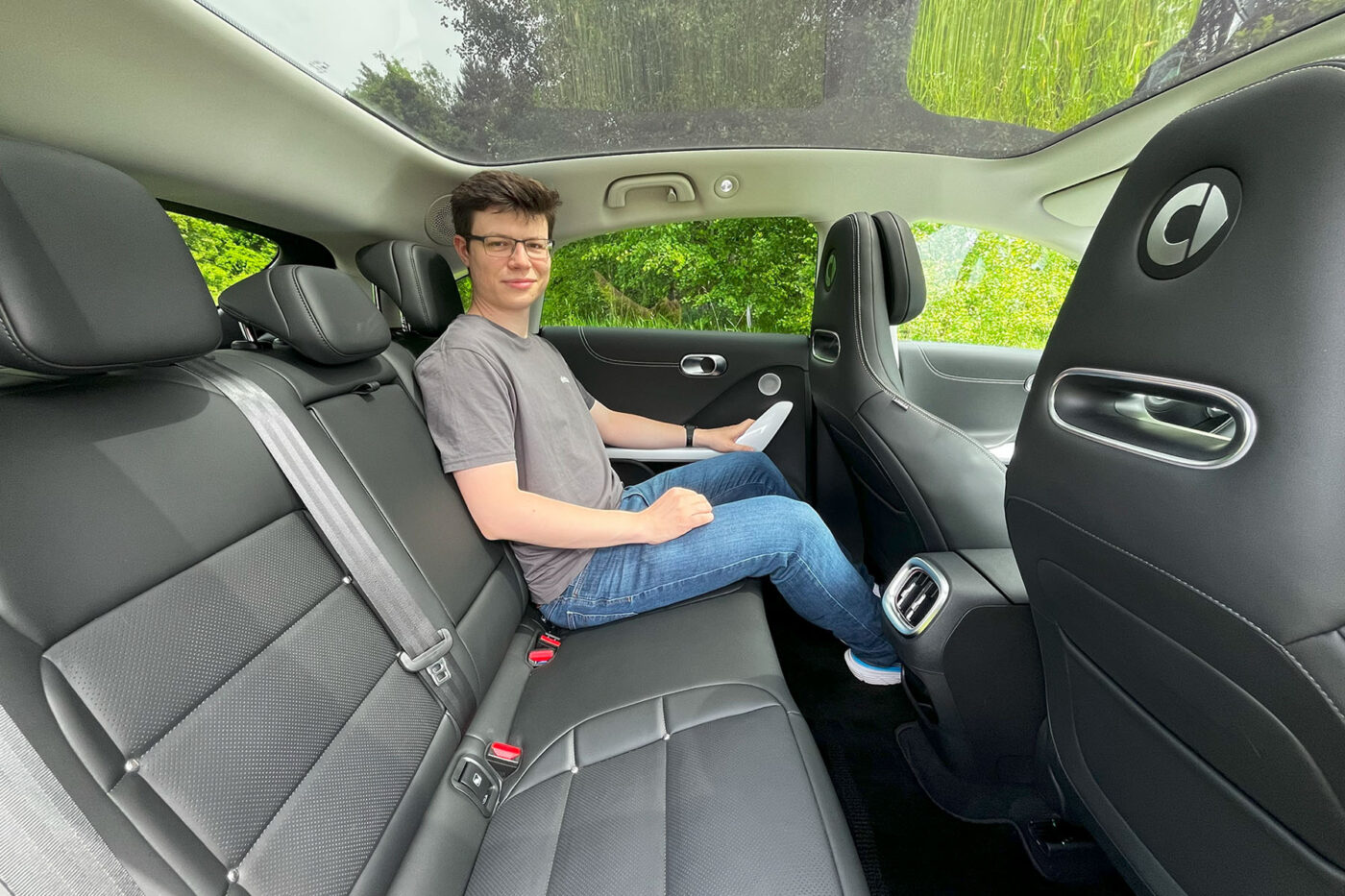
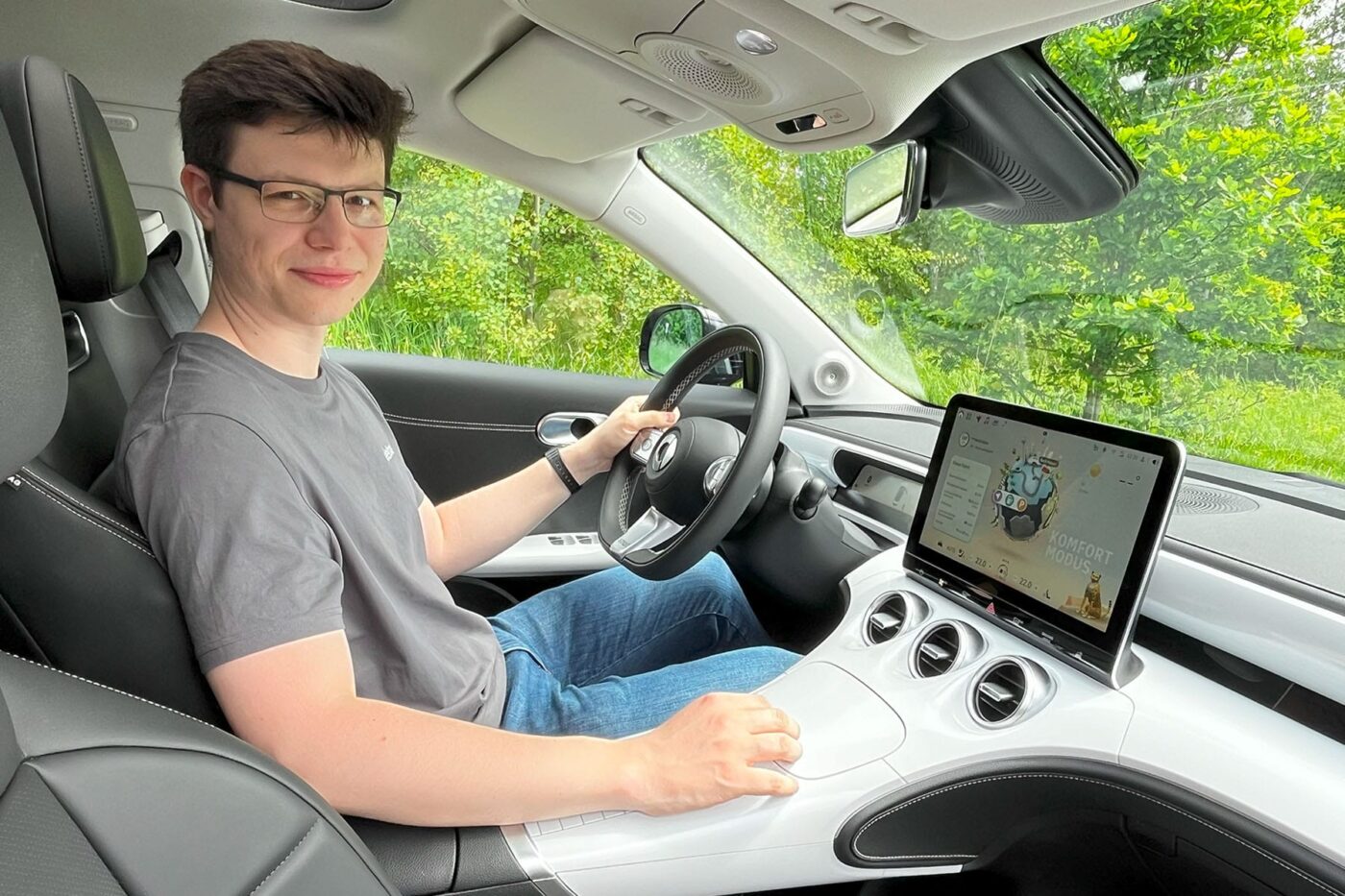
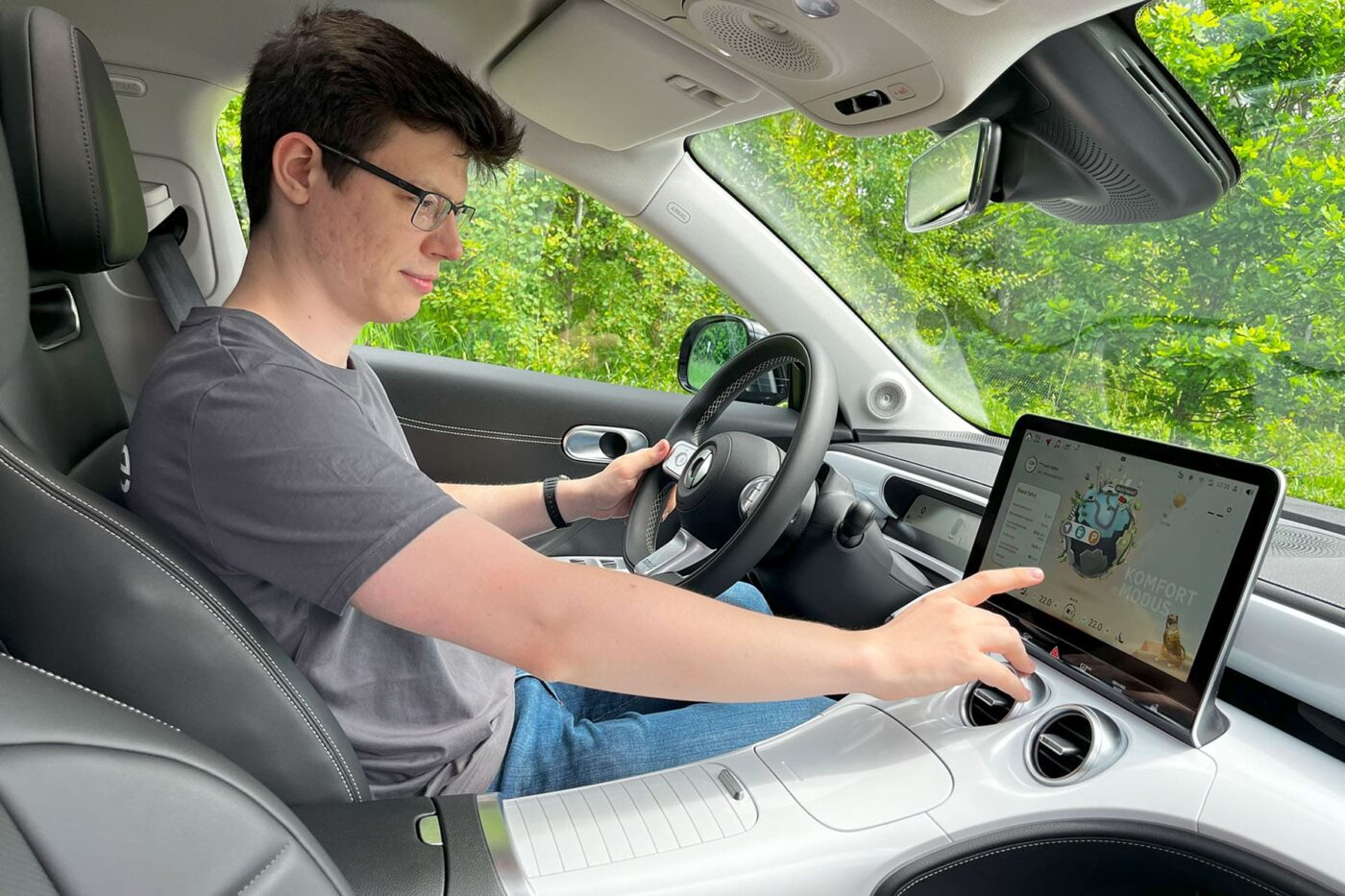
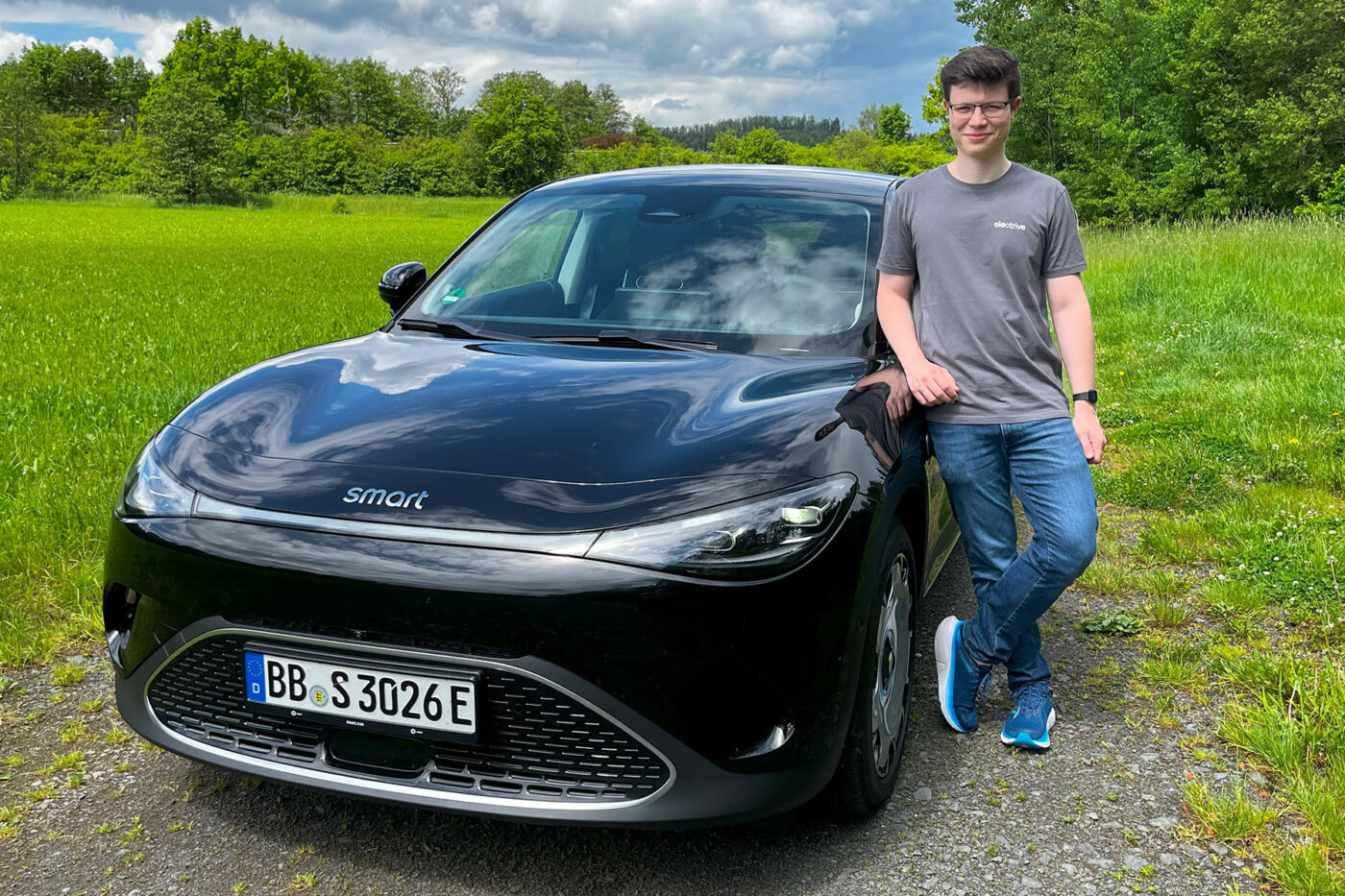
The very bulging plastic centre console makes the seat feel a little cramped and the car feels narrower than it actually is. A little more openness would have been good. However, you also get plenty of storage options including an inductive charging cradle and an air-conditioned compartment for drinks or similar items. Apart from individual design elements, the automaker used a lot of leather, and the workmanship is better than in many a German vehicle.
In the back seat, it is clear that the car is produced in and for China because unlike in other markets, all occupants are important here. The legroom, headroom, thigh support and leg angle are exemplary – even taller people sit very comfortably in the back. On the other hand, the boot space of 370 litres is ok. But with a vehicle length of just 4.4 metres, you need to compromise at some point. And if you want to transport more, you still have the option of towing up to 1.6 tonnes (or 750 kg unbraked) – something not many EVs offer, especially less expensive or smaller ones. It is a shame, however, that despite the BEV-oriented platform, it only has 15-litre frunk.
Infotainment: Leopard instead of Fox
The infotainment system may look playful due to the bright colour scheme, but it is more logical and clearly structured than in the Mercedes. Instead of the Fox infotainment system familiar from the #1, there is now a Leopard in the bottom right-hand corner of the centre screen of the #3. It may be cute, but it has no real function. It is exemplary that Android Auto (or Apple CarPlay, both wireless) fully utilises the entire surface of the rather large central display. The internal sat nav, on the other hand, has significant potential for improvement. Although route guidance and charging planning are useful, the charging planner only shows all intermediate stops, including charging time and battery status, at the start of a route. Once the navigation has switched to the journey view, there is no way to call up the charge planner and, for example, check whether you are travelling too fast and can still reach the planned charging stop. According to insiders, an update is imminent and this error should then be fixed. Hopefully, the harsh speed warning tone will also be changed.
Lots of driving fun with minor detail deductions
Otherwise, the assistance systems all work well, but a little more Mercedes technology wouldn’t have hurt. For example, the steering assistant only works up to 130 kph, which would be ok in itself. But so does the cruise control. In most other vehicles, it is common for the steering assistant to be limited, but the cruise control extends up to the maximum speed so that you don’t have to keep your foot permanently in the exact position on the power pedal to drive at 140 kph, for example. Speaking of the pedal: the recuperation is indeed powerful and would theoretically enable good one-pedal driving. In practice, however, the delay between lifting the foot and applying the engine brake is so long that even after two weeks we were unable to drive the car smoothly and fluently; load changes always felt a little “choppy” right up to the end. Switching to the lower recuperation level hardly helped either. And the car would benefit from a slightly less strict lane-keeping correction, because if you don’t change lanes in 0.4 seconds Formula 1-style, but first blink and then move over, it often intervenes with vigour and wants to stay in the old lane.
The acceleration (5.8 seconds from 0 to 100 kph), the turning circle (10.2 metres) and the very good chassis are really fun. That is where Mercedes really shines, because many Chinese vehicles still struggle at 180 kph on winding motorways – not so the #3, which confidently maintains contact with the road without being too harsh and smoothly irons over bumps without becoming rocky. That’s how it should be!
Consumption and charging: Not a benchmark, but suitable for long journeys
Consumption is also okay, ranging from just under 15 kWh/100 km in city mode to 22 kWh/100 km at motorway cruising speed and up to 34 kWh/100 km at full power (186 kph), the values for the respective speed are completely ok. With 62 kWh of usable battery capacity, it results in a range of 410 kilometres in the city to 180 kilometres if you use the full power continuously. If you don’t overdo it on the motorway (or drive outside Germany), you can easily achieve a real range of just over 300 kilometres.
When charging, the Smart proves to be quite robust, easily and reproducibly exceeding the 150 kW charging power from the datasheet by several kilowatts. From 10 to 35 per cent, the output remains above 150 kW, from then on it is regulated down in steps. Five to 80 per cent is reached in just under 35 minutes. Another positive feature when it comes to charging is the 22 kW charger (always on board from the “Pro+” equipment level), which reduces the charging time to under three hours even at “slow” AC charging points. That is great because more and more manufacturers, especially in the cheaper segments, are doing away with a large AC charger. If you do a lot of public charging, a slow AC charger quickly brings you into conflict with possible blocking fees. That doesn’t happen with the #3 and could make it interesting for curbside parkers, for example.
More affordable Mercedes
For €46,490 (in Germany), the #3 Premium is a good deal. Incidentally, the following applies here: base price = test car price. Smart no longer has a long list of surcharges. Just the various equipment lines, a few colour options and that’s it. Assistance systems, sat nav, heated seats, head-up display, 360-degree camera – all come standard. For comparison: Mercedes-Benz is asking almost €10,000 more for an EQA (which has very similar dimensions) with an engine comparable to the Smart #3 Premium (and that doesn’t even include simple adaptive cruise control or a fully digital cockpit).
It seats four adults comfortably, and the charging time and range are also good for longer holiday trips. However, it is better to go to the seaside lightly clothed rather than in full ski gear in the mountains – the boot is a little too small for the latter. Either way, the #1 has already turned niche provider Smart into a serious car manufacturer, and the #3 underlines this claim even more clearly. Smart could become a serious competitor for one or other European manufacturer – perhaps even for Mercedes-Benz?

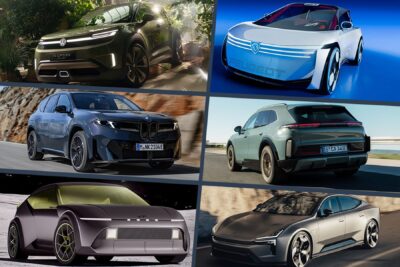
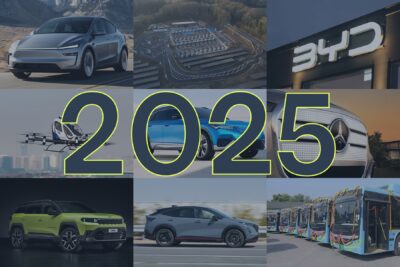
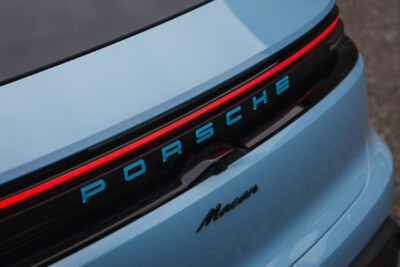
0 Comments